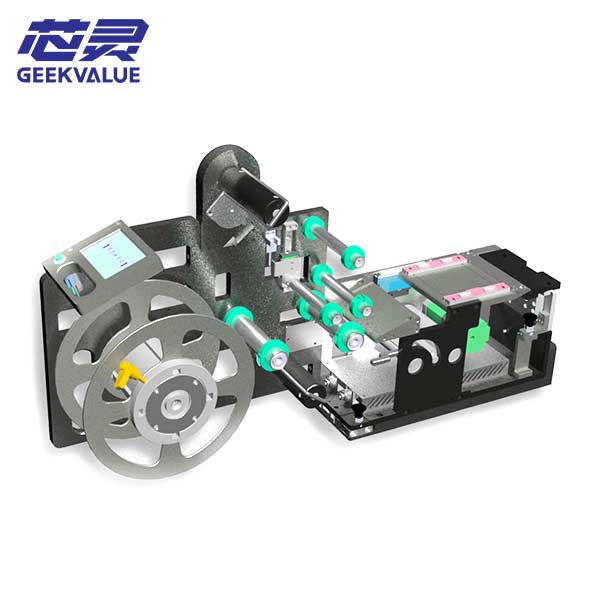Flexible feeder, also known as flexible vibration plate, is a new type of small automatic feeding equipment, which is widely used in various automated production lines. It is mainly composed of a vibration plate, a controller and a base. It uses high-frequency vibration to make the material move and flip in the vibration plate, thereby realizing the sorting and conveying of materials.
Working principle
The working principle of the flexible feeder is based on the interference principle of resonance and coherent waves. It uses a voice coil motor to generate high-frequency vibration, so that the material moves and flips continuously in the vibration plate, so as to achieve a predetermined direction and order. This vibration mode makes the material easier to be grasped and operated by robots or other automated equipment.
Application scenarios
Flexible feeders are widely used in many industries:
Electronic manufacturing industry : used for assembly production lines of electronic products such as mobile phones and computers, providing various electronic components such as chips, resistors, capacitors, etc.
Automobile manufacturing industry : suitable for high-precision parts assembly, such as screws, nuts, etc.
Medical device industry : Provide feeding services for medical device production in a sterile environment to ensure product quality and safety
Food packaging industry: used for conveying and sorting food packaging materials to improve production efficiency and packaging quality.
Other industries: such as cosmetics, toys, hardware and other industries, providing feeding services for various small parts on automated production lines.
Advantages High flexibility: can adapt to different types and sizes of materials, whether solid, liquid or powder, can be effectively handled. Precision and accuracy: through visual recognition system and high-frequency vibration, ensure that materials are arranged in a predetermined order, improve production efficiency and product quality. Strong compatibility: suitable for a variety of materials and complex geometric shapes, reducing material wear and material jamming hazards. Automated control: the control system can communicate with robots or other automated equipment to realize automated control of the feeding process.
In short, as an efficient small automated feeding device, the flexible feeder can significantly improve production efficiency, reduce costs and improve product quality, and is widely used in multiple industries.



